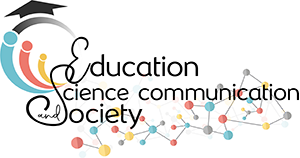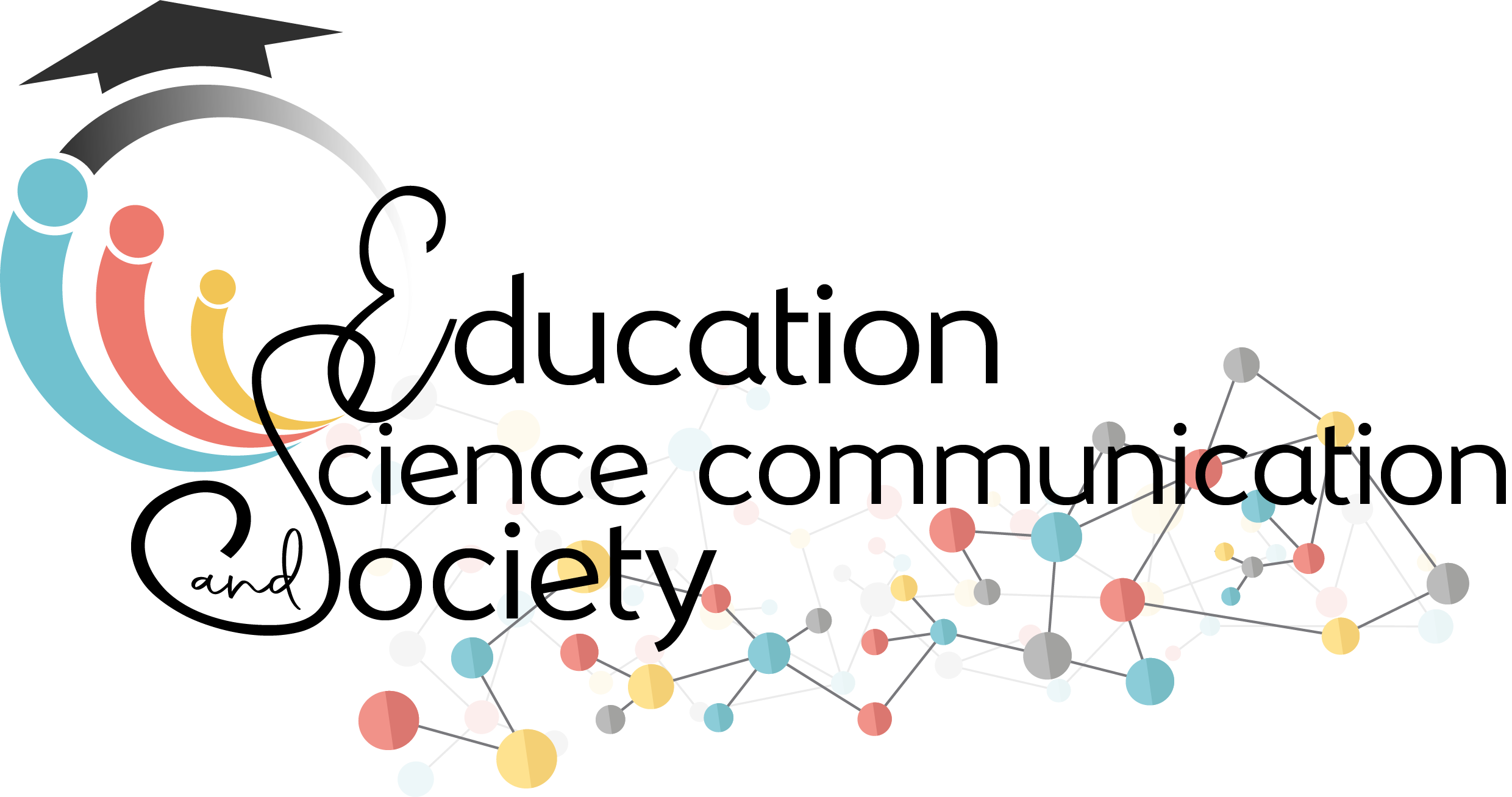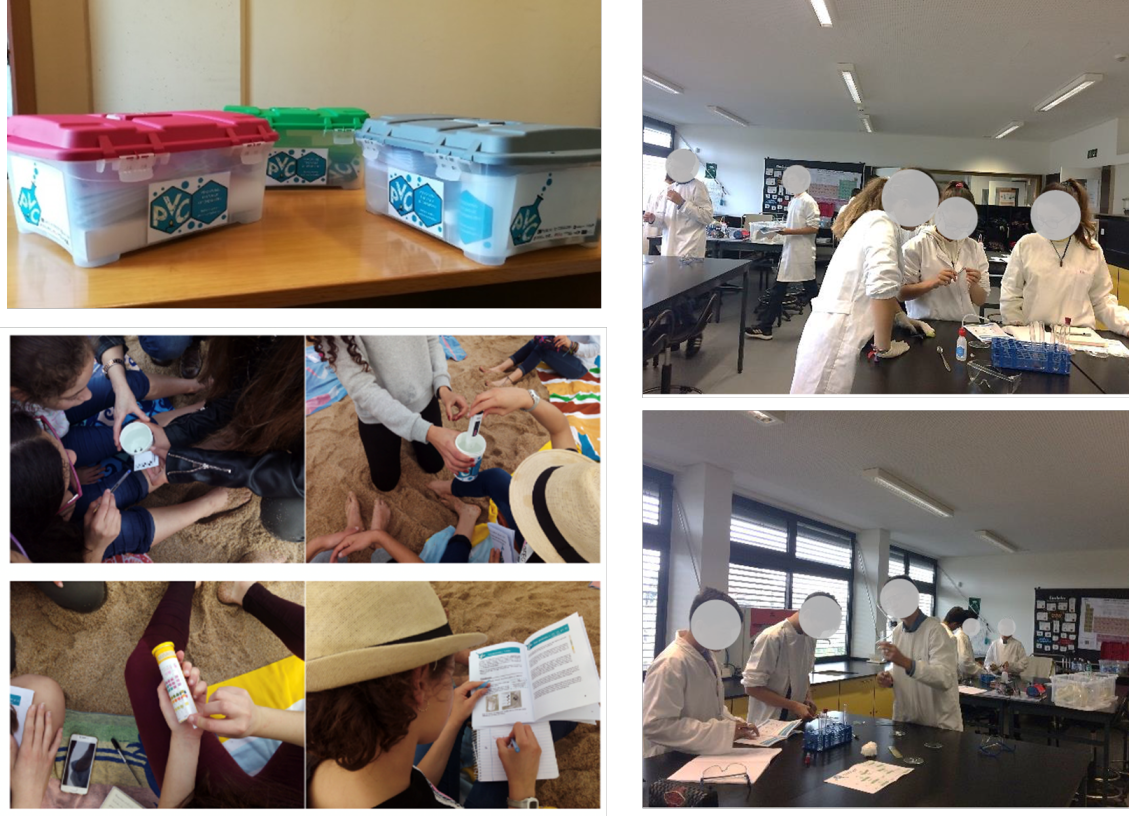
- Araújo, J. L., Morais, C., & Paiva, J. C. (2023). Students´attitudes towards the environment and marine litter in the context of a coastal water quality educational citizen science project. Australian Journal of Environmental Education, 0, 1–14. DOI: https://doi.org/10.1017/aee.2023.14
- Araújo, J. L., Morais, C., & Paiva, J. C. (2023). Citizen science in promoting chemical-environmental awareness of students in the context of marine pollution by (micro)plastics. Revista Electronica Educare, 27(1), 1-20. DOI: https://doi.org/10.15359/ree.27-1.15845
- Araújo, J. L., Morais, C., & Paiva, J. C. (2022). Student participation in a coastal water quality citizen science project and its contribution to the conceptual and procedural learning of chemistry. Chemistry Education Research and Practice, 23(1), 100-112. DOI: https://doi.org/10.1039/D1RP00190F
- Araújo, J. L., Morais, C., & Paiva, J. C. (2021). Students’ attitudes towards science: The contribution of a citizen science project for monitoring coastal water quality and (micro)plastics. Journal of Baltic Science Education, 20(6), 881-893. DOI: https://doi.org/10.33225/jbse/21.20.881
- Araújo, J. L., Morais, C., & Paiva, J. C. (2020). Developing and implementing a low-cost, portable pedagogical kit to foster students’ water quality awareness and engagement by sampling coastal waters and analyzing physicochemical properties. Journal of Chemical Education, 97(10), 3697-3701. DOI: https://doi.org/10.1021/acs.jchemed.0c00333
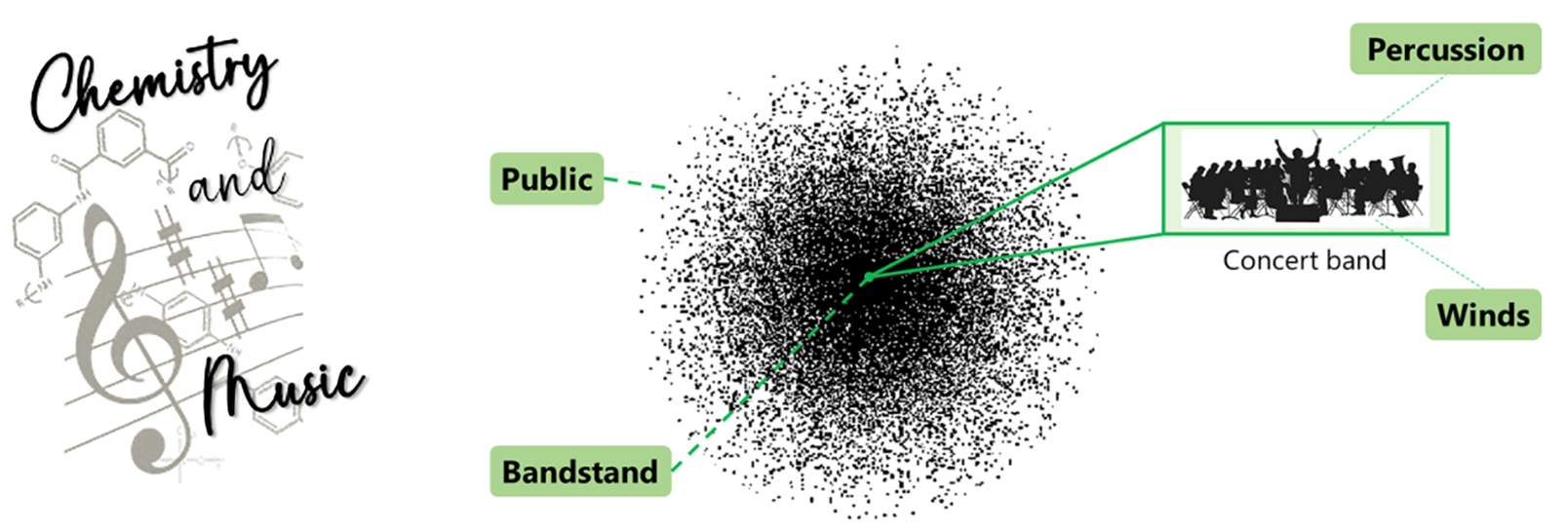
- Vieira, H., & Morais, C. (2022). Musical analogies to teach middle school students’ topics of the quantum model of the atom. Journal ofChemical Education, 99(8), 2972–2980. DOI: https://doi.org/10.1021/acs.jchemed.2c00289
- Vieira, H., & Morais, C. (2022). Bridging Music and Chemistry: A marching band analogy to teach kinetic-molecular theory. Journal of Chemical Education, 99(2), 729-735. DOI: https://doi.org/10.1021/acs.jchemed.1c00864
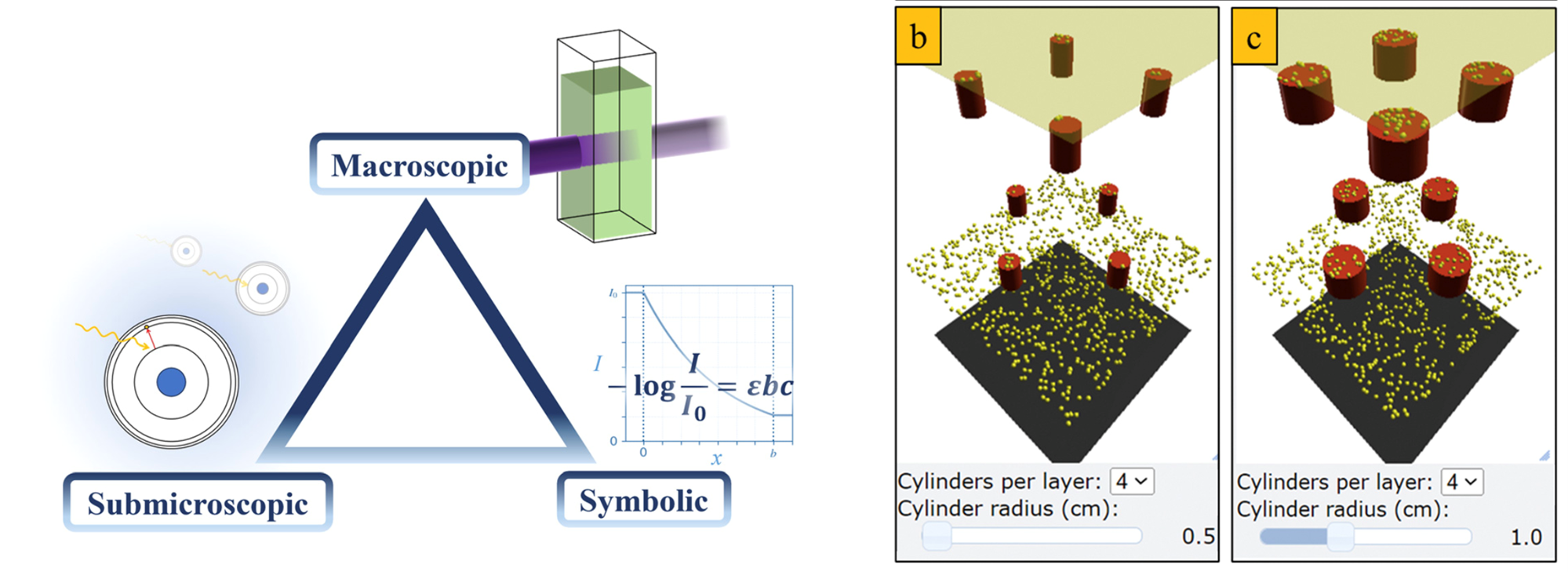
- Spitha, N., Zhang, Y., Pazicni, S., Fullington, S., Morais, C., Buchberger, A. R. & Doolittle, P. (2024). Supporting Submicroscopic Reasoning in Students’ Explanations of Absorption Phenomena using a Simulation-Based Activity. Chemistry Education Research and Practice, 25, 133-150. DOI: https://doi.org/10.1039/D3RP00153A
- Morais, C. & Araújo, J. L. (2023). An alternative experimental procedure to determine the solubility of potassium nitrate in water with automatic data acquisition using Arduino for secondary school: development and validation with pre-service chemistry teachers. Journal of Chemical Education, 100, (2), 774–781. DOI: https://doi.org/10.1021/acs.jchemed.2c00615
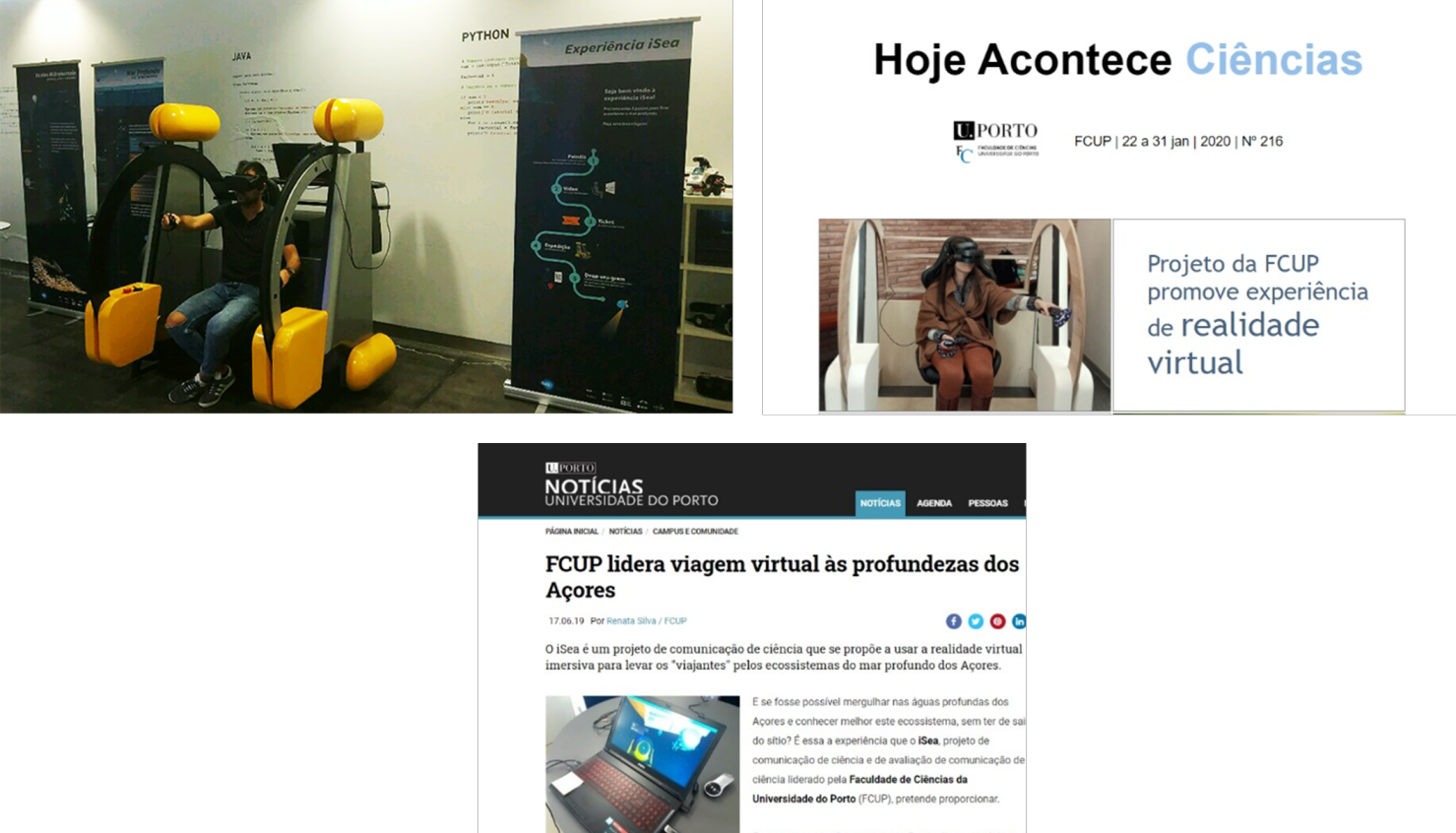
- Morais, C., Moreira, L., Teixeira, A., Aguiar, T., Coelho, A., Pereira, V., Jacinto, A., Varzim, M., Paiva, J. C., & Rosa, M. (2022). Visitors come to experience science: Towards a non-obtrusive evaluation method based on immersive virtual reality. Journal of Science Communication, 21(01), A04. DOI: https://doi.org/10.22323/2.21010204
- Morais, C., Moreira, L., Teixeira, A., & Aguiar, T. (2022). No waves from surface knowledge: Diving into the social representations of the deep sea. International Journal of Science Education, Part B: Communication and Public Engagement. Engagement. 12(1), 22-41. DOI: https://doi.org/10.1080/21548455.2021.2017507
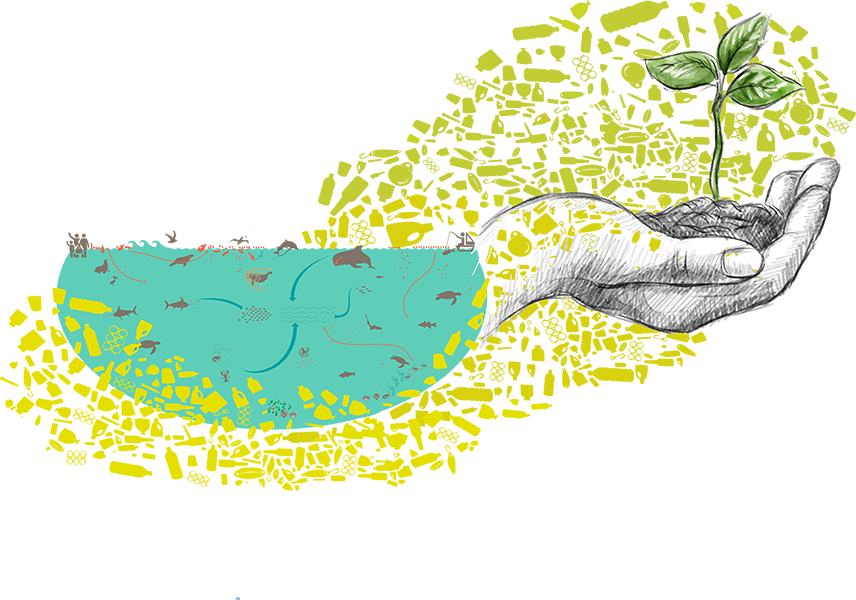 We present a preliminary results of a research which aims to clarify the role of social representations on participants’ levels of effortful thinking and attitude formation when these are processing persuasive science communication messages via digital infographics, with a focus on marine litter.
We present a preliminary results of a research which aims to clarify the role of social representations on participants’ levels of effortful thinking and attitude formation when these are processing persuasive science communication messages via digital infographics, with a focus on marine litter.
Teixeira, A., Morais C., & Moreira, L. (2018). Digital infographics on marine litter: Social representations and science communication. In L. Gómez Chova, A. López Martínez, I. Candel Torres (Eds.), EDULEARN18 Proceedings – 10th Annual International Conference on Education and New Learning Technologies (pp. 6772-6781). Palma de Maiorca, Espanha: IATED Academy. ISBN: 978-84-09-02709-5.
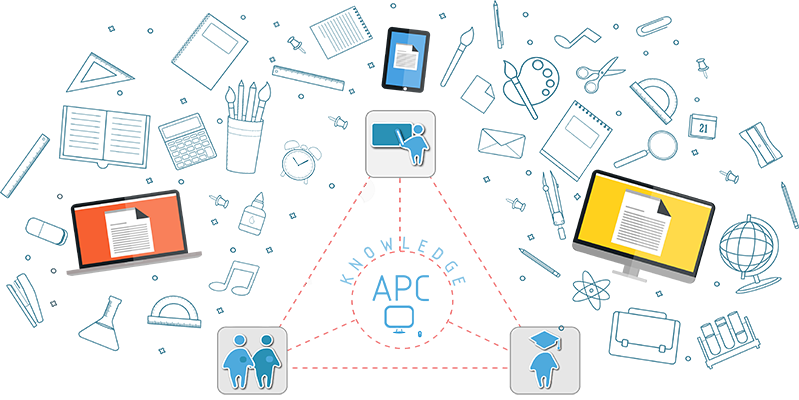
The group proposes an ecological framework “Activities with Parents on the Computer” (APC) to bridge home and school contexts by involving parents and students in digital media-based assignments.
Paiva, J. C., Morais, C., & Moreira, L. (2017). Activities with Parents on the Computer: an ecological framework. Journal of Education Technology & Society, 20(2), 1-14.
Paiva, J. C., Morais, C., & Moreira, L. (in press). Activities with parents on the computer: Science teachers’ views. eProceedings for ESERA 2017.
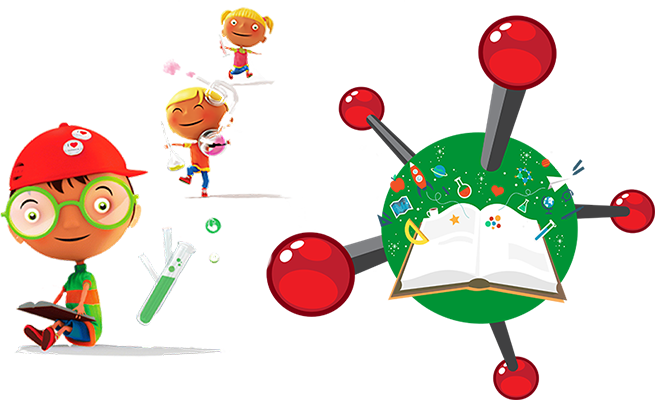
This work describes a study that took place in “RÓMULO—Centro Ciência Viva da Universidade de Coimbra”, which involved a convenience sampling of 29 students (ages 8–10) from a elementary school. The experiment included storytelling (covering concepts of chemistry) followed by hands-on activities emulating the story. After the hands-on activities, the students were asked to express, through drawing, what they felt to be the most relevant aspects of what they experienced.
Morais, C. (2015). Storytelling with chemistry and related hands-on activities: Non-formal learning experiences to prevent “chemophobia” and promote young children´s scientific literacy. Journal of Chemical Education, 92(1), 58–65. Link
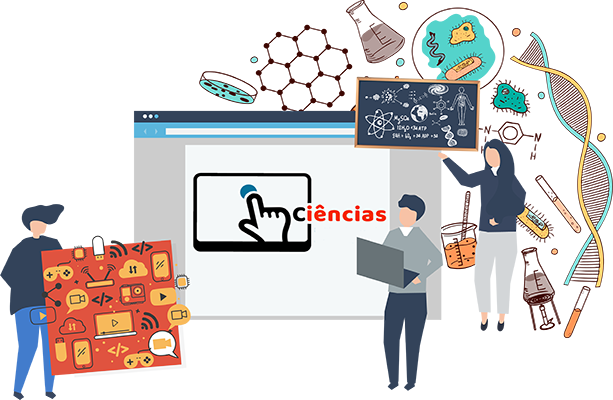
The main purposes of the project were to know how multimedia was used to teach science and also what methods were chosen to evaluate the pedagogical designs in the Portuguese Education between 2010- 2014. A systematic review of literature was conducted. The corpus of analysis consisted of Master dissertations, PhD thesis and conference papers that were retrieved from the online repositories or proceedings. Results showed that a wide range of multimedia was used, including multimedia specifically designed to teach sciences (e.g., simulations) and non-specific multimedia (e.g., Excel). The level of interactivity and openness of the multimedia was also variable and the affordances of the multimedia were often not fully used. Most pedagogical designs were based on co-constructivist perspectives (43%) or dialogic perspectives (34%), while transmissive perspectives (16%) and constructivist perspectives (7%) were less used. Most research was non-experimental, based on small samples, using non-validated questionnaires and field notes. Mixed methods or qualitative methods were most frequently selected to gather and analyse data. The study is very significant in that it allowed us to map the trends on multimedia research in the particular case of science teaching. These trends revealed an imbalance between non-experimental, exploratory research and alternatives that increase internal validity or that allow to explore meaning and pedagogical appropriation of technology associated with the use of multimedia to teach sciences on the long run. It also showed that it is necessary to pay more attention to emergent practices. At the same time, this research provides important information also for science teachers that want to improve their performance using best-practices. Current research includes monitoring an online site that gives access to the raw data of the study and allows users to suggest and upload new documents according to an open and participatory science framework.
Mota, J., Morais, C., Moreira, L., & Paiva, J. C. (2017). mSciences: an affinity space for science teachers. European Journal of Contemporary Education, 2017, 6(3): 401-413.
Paiva, J. C., Morais, C., & Moreira, L. (2015). Multimédia no ensino das ciências: Cinco anos de investigação e ensino em Portugal [Multimedia in science teaching]. Lisboa: Fundação Francisco Manuel dos Santos.
Paiva, J. C., Morais, C., & Moreira, L. (2016). Multimedia in science teaching: Pedagogical designs and research options in the Portuguese education between 2010-2014. L. Gómez Chova, A. López Martínez, & I. Candel Torres, Proceedings of EDULEARN16 Conference (pp. 7690-7698). Barcelona: IATED. doi:10.21125/edulearn.2016.0693

Paiva, J. C., Morais, C., Soares, M., Araújo, J., Vieira, H., & Moreira, L. (2021). Química ao pé da letra. Porto: U. Porto Press. ISBN: 978-989-746-297-9.
Ferreira, J. A., Tavares, F., Carvalho, P .S., Morais, C., Magalhães, A. L., Mota, A. R., Martins, A. S., Santos, A. I., & Araújo, J. L. (2021). Experimenta Ciências – Um guia para professores do primeiro ciclo. Rev. Ciência Elem., V9(A). Casa das Ciências/ICETA. Faculdade de Ciências, Universidade do Porto. ISSN 2183-9697.
Paiva, J. C., Ferreira, A., Vale, J., & Morais, C. (2023). 12Q – Química, 12.º ano. Lisboa: Texto Editores.
Costa, S., Fiolhais, C., Fiolhais, M., Morais, C., & Paiva, J. C. (2023). Universo FQ – Físico-Química, 9.º ano. Lisboa: Texto Editores.
Paiva, J. C., Matos, G., Morais, C., & Fiolhais, C. (2022). 11Q – Química, 11.º ano. Lisboa: Texto Editores.
Costa, S., Fiolhais, C., Fiolhais, M., Morais, C., & Paiva, J. C. (2022). Universo FQ – Físico-Química, 8.º ano. Lisboa: Texto Editores.
Paiva, J. C., Matos, G., Morais, C., & Fiolhais, C. (2021). 10Q – Química, 10.º ano. Lisboa: Texto Editores.
Costa, S., Fiolhais, C., Fiolhais, M., Morais, C., & Paiva, J. C. (2021). Universo FQ – Físico-Química, 7.º ano. Lisboa: Texto Editores.
